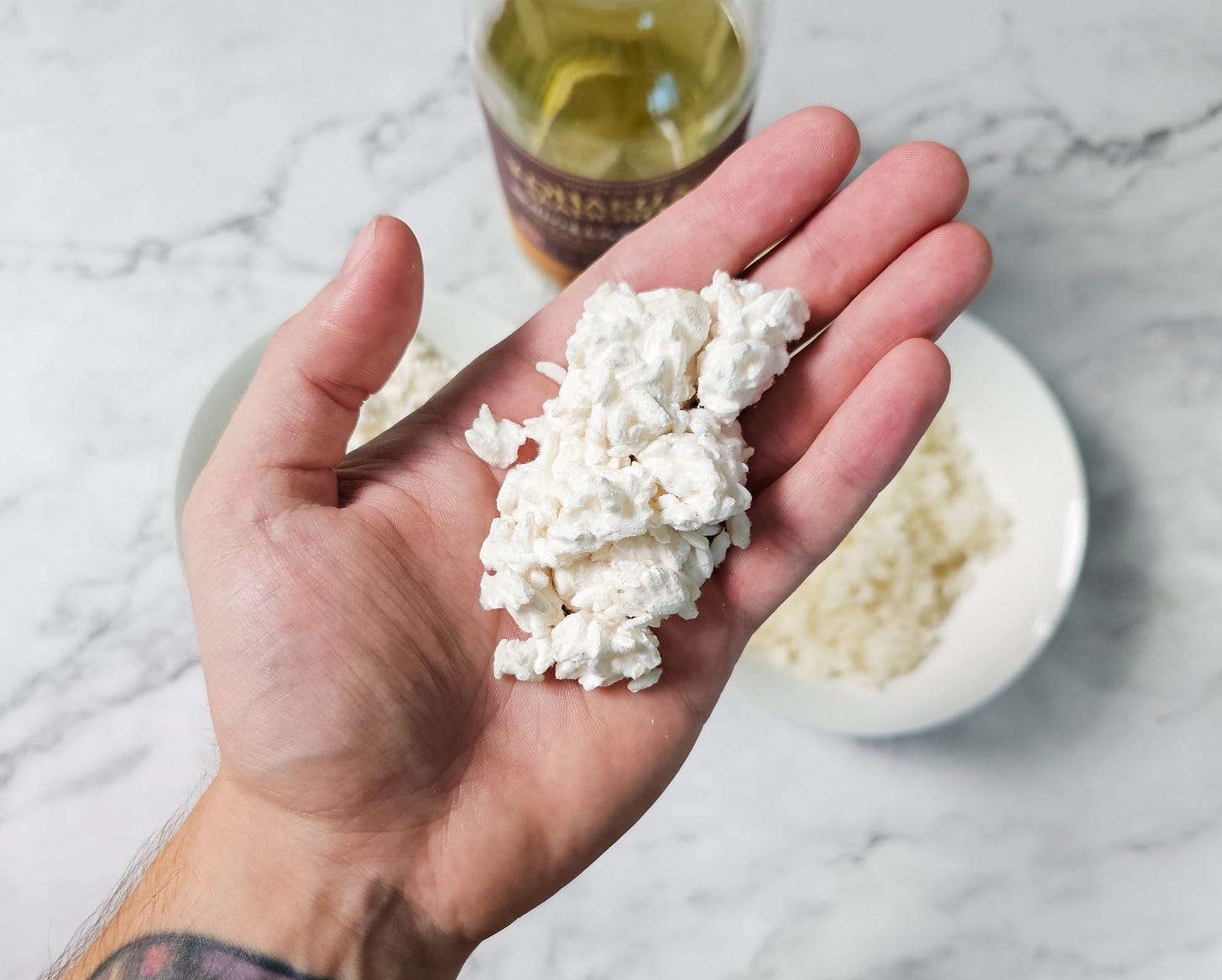Introduction to Grain-Based Fermentation
From Grains to Greatness: unlocking the flavor transformation, sustainable approach, and science of fermentation
The Ancient Art of Fermentation
Fermentation is one of humanity’s oldest and most sustainable food processing techniques, predating written history. Across early societies, people independently discovered and practiced fermentation, creating a diverse range of foods that remain culturally significant today. Through fermentation, we utilize the natural mi…
Keep reading with a 7-day free trial
Subscribe to cosmos society to keep reading this post and get 7 days of free access to the full post archives.



